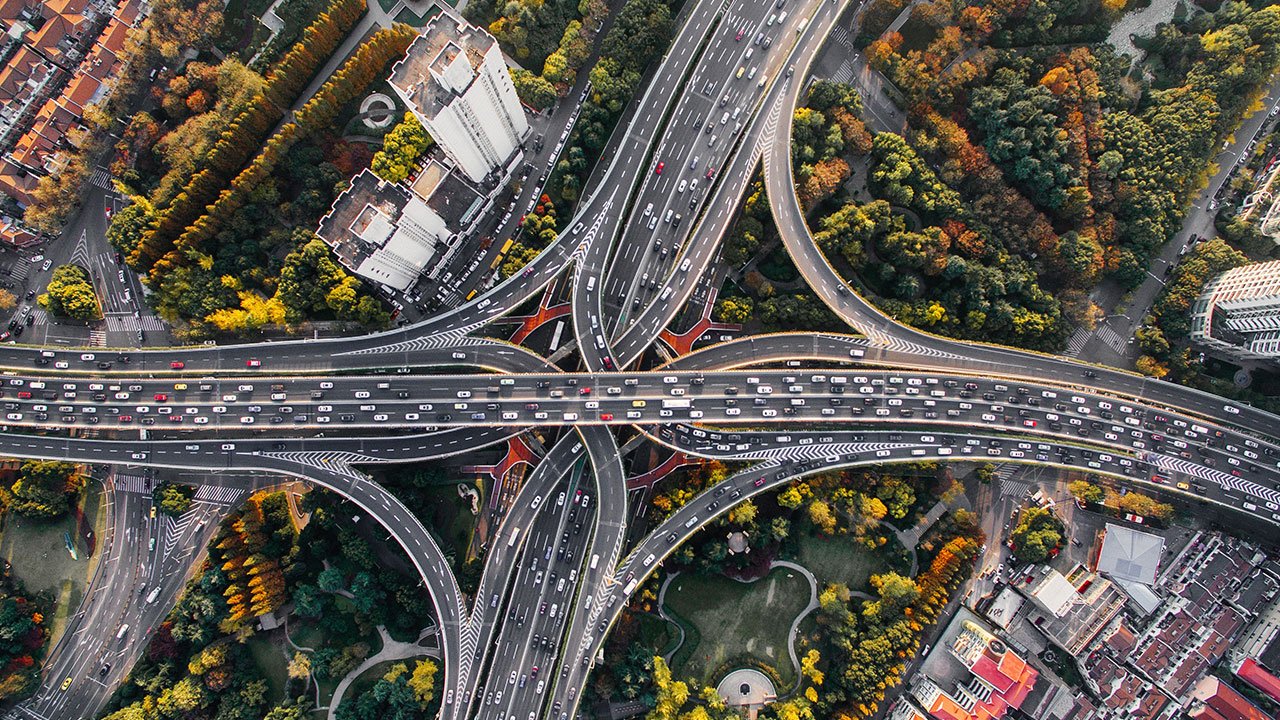03.02.2020
New 5G research and development site in Malaga: Telefónica and DEKRA open Europe's most modern test centre for networked driving

New outdoor area for testing V2X and 5G solutions ()
The mobility of the future is becoming tangible: The telecommunications provider Telefónica, together with the German testing company DEKRA, has inaugurated a new test centre for networked and autonomous driving in Malaga, Spain. On the premises, the companies are testing modern 5G solutions and "Vehicle to Everything" (V2X) vehicle technologies together with other cooperation partners from the automotive and technology sector.
The new reference center offers a 50,000 square meter outdoor test field and a test laboratory that is unique in Europe. Here, the use of various 5G frequency bands can be tested for the international use of mobility solutions. This makes it one of the most modern and advanced test centers in Europe for networked driving.
- 50,000-square-meter outdoor site for the development of 5G solutions and "Vehicle to Everything" (V2X) technologies for networked driving
- Unique research environment in Europe to test international 5G frequencies for transnational use
- 5G test laboratory is open to automotive companies, suppliers and start-ups
As part of the Telefónica Group, Telefónica Germany also benefits from this international research and development. For DEKRA, this research environment serves to develop the test technologies for the DEKRA test tracks, where they are then made available to the automotive and mobility industry for broad-based trials.
Successful live demonstration with SEAT vehicle

Successful live demonstration with SEAT vehicle ()
For the most comprehensive simulation possible of applications and real traffic conditions, a wide variety of roads, crossings, unpaved surfaces, beacons, roundabouts and tunnels are available on site. The entire road infrastructure is equipped with sensors that enable mobile communication with the vehicles used. In addition, further real and digitally simulated vehicles are used. For example, during today's live presentation by Telefónica and DEKRA - together with its partner SEAT - a vehicle detected various obstacles within fractions of a second and automatically recognised other road users on the road.
In future, Telefónica and DEKRA will focus their research on connectivity solutions, new services for on-board entertainment and vehicle navigation, and improved vehicle monitoring and maintenance. Other areas of research include safety and accident prevention, driver assistance systems and autonomous driving.
Unique test laboratory in Europe for the use of international 5G frequencies
In this research environment, which is unique in Europe, companies can test the compatibility of their components and mobile devices with different frequency bands. This ensures that their mobility solutions work across the available frequency bands in different markets, such as Spain or Germany. This also brings the project partners one step closer to transnational networked and autonomous driving.
The test laboratory is equipped with two 5G antennas, high-performance servers and a comprehensive camera system to test the connectivity of on-board and geo-location services, process large amounts of data and optimise software and vehicle monitoring services (management CPD).
5G test lab is open to automotive manufacturers, suppliers, partners and start-ups

More safety and driving comfort through networked driving (Credits: Denys Nevozhai | Unsplash, Ausschnitt bearbeitet)
The new 5G research and development site was equipped with the latest network technology in cooperation with the network supplier Ericsson. It is open to automotive companies as well as manufacturers of vehicle components, equipment and road infrastructure to jointly promote networked driving in Europe. In recent weeks, for example, the international 5G Automotive Association and the European Telecommunications Standards Institute (ETSI) together with other providers have tested the interoperability of various C-V2X solutions and devices in a so-called C-V2X PlugTest.
Among other things, this increases road safety. According to the National Highway Traffic Safety Administration (NHTSA) - the US Federal Highway and Vehicle Safety Authority - V2X technologies can prevent around 600,000 road accidents per year. The technology communicates in the vehicle via mobile radio with other vehicles, trucks, cyclists or pedestrians and with the road infrastructure such as traffic lights, road signs or barriers. If obstacles suddenly appear, the car not only warns the occupants but also initiates its own measures in real time. At the same time, networked driving with new information and entertainment systems provides a better driving experience and more comfort. Modern V2X technologies can also make a contribution to the environment, since fuel consumption and driving behavior can be analyzed even more precisely.